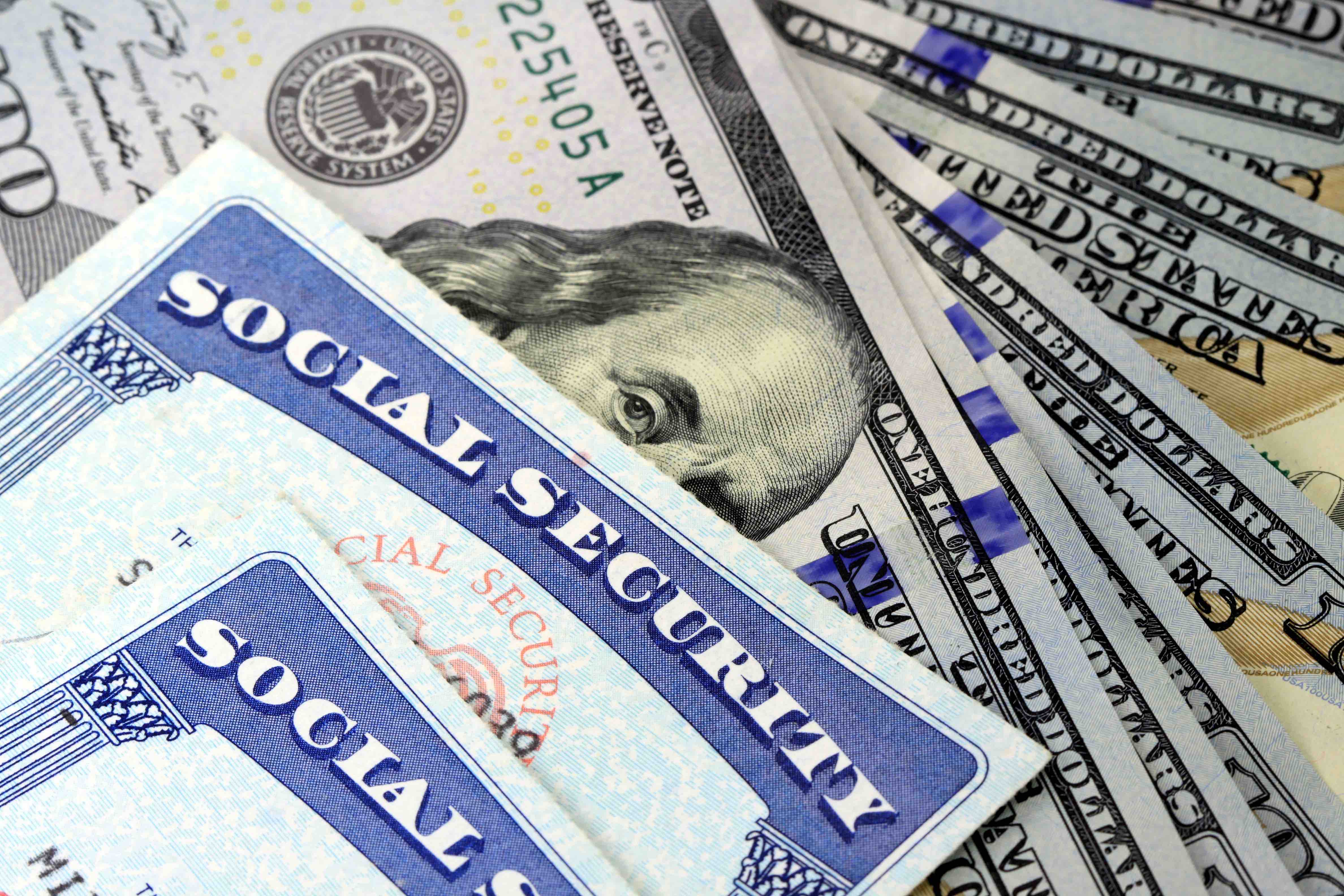Feb 02
Safeguarding Your 401(k) Account
February 02, 2022
 When people hear about hackers getting access to card numbers and other personal information, they probably worry about identity theft or fraud to their bank accounts and credit cards. However, in this scenario, it is important that people also ensure the security of their retirement accounts.
How Can You Protect Your Account?
If you are a participant in a 401(k) plan, there are steps you can take to protect your savings. For example, you can start by monitoring your account. One reason 401(k) plans are becoming a target for hackers is that many participants don't check their accounts very often. Also, many are unaware of their balances and of any activity. You do not have to check your accounts daily, but it is important to review your 401(k) account periodically. Look for any unauthorized activity, such as loans or withdrawals, and confirm that your home address, phone number, and email address are all correct and current as well.
Another way to keep your 401 (k) account secure is to change your password regularly. Make sure it is strong by using uppercase and lowercase letters, numbers, and symbols. Also, use a password that is different from others you use for your accounts. Some plan providers use a multifactor authentication process, where participants get a code sent to them by email or text, to allow online account access. They may also alert participants of any online account changes by regular mail or using a verified email address.
For these reasons, participants who have their accounts with Popular are encouraged to activate the two-step verification authentication method both at Mi Banco Online1 and in their digital retirement account.
It is important to be careful when receiving communications regarding financial accounts. Phony emails that contain links or attachments could infect your computer with malware or lead you to a fake website to gather your personal information. This is known as phishing. Keep your antivirus, anti-malware, and firewall software up to date, and pay close attention to the details of the emails you receive to detect the ones that are deceptive, such as multiple misspellings or if they are sent from an unknown email address. Moreover, do not give out any information over the phone if you receive an unsolicited or suspicious call, known as vishing.
Inform your employer or plan provider immediately if you suspect hackers are trying to compromise your account or if you discover any unauthorized account activity. And if you are the victim of any other kind of identity theft, be sure to alert your plan provider as well.
In today's digital world, combatting cyber fraud is an ongoing effort. 401(k) plan participants can do their part by proactively following security measures, routinely monitoring their plan accounts, and reporting any suspicious activity as soon as discovered.
Every situation is unique, so be sure to consult a professional before taking action. Contact Popular’s Retirement Center at educacionretiro@popular.com. If you have a 401(k) plan with Popular, remember that you can count on our group of experts at TeleBanco Popular® to guide you on matters related to your retirement plan. Call us at 787-724-3657 (press option 2 three times).
Required Attribution
Because of the possibility of human or mechanical error by SS&C or its sources, neither SS&C nor its sources guarantees the accuracy, adequacy, completeness, or availability of any information and is not responsible for any errors or omissions or for the results obtained from the use of such information. In no event shall SS&C be liable for any indirect, special, or consequential damages in connection with subscriber's or others' use of the content.
©2021 SS&C. Reproduction in whole or in part prohibited, except by permission. All rights reserved. Not responsible for any errors or omissions.
1Alerts and notifications by SMS is a free service Banco Popular de Puerto Rico offers its clients. Charges may apply for text messages or data excess according to your cell service plan. Check with your service provider to find out more about your plan.
The information provided in this article are for educational purposes and for your independent consideration. Each person's situation is unique and may differ from the information provided in this document. In providing this information, we assume that you are capable of evaluating the information and general descriptions contained herein and exercising your independent judgment.
When people hear about hackers getting access to card numbers and other personal information, they probably worry about identity theft or fraud to their bank accounts and credit cards. However, in this scenario, it is important that people also ensure the security of their retirement accounts.
How Can You Protect Your Account?
If you are a participant in a 401(k) plan, there are steps you can take to protect your savings. For example, you can start by monitoring your account. One reason 401(k) plans are becoming a target for hackers is that many participants don't check their accounts very often. Also, many are unaware of their balances and of any activity. You do not have to check your accounts daily, but it is important to review your 401(k) account periodically. Look for any unauthorized activity, such as loans or withdrawals, and confirm that your home address, phone number, and email address are all correct and current as well.
Another way to keep your 401 (k) account secure is to change your password regularly. Make sure it is strong by using uppercase and lowercase letters, numbers, and symbols. Also, use a password that is different from others you use for your accounts. Some plan providers use a multifactor authentication process, where participants get a code sent to them by email or text, to allow online account access. They may also alert participants of any online account changes by regular mail or using a verified email address.
For these reasons, participants who have their accounts with Popular are encouraged to activate the two-step verification authentication method both at Mi Banco Online1 and in their digital retirement account.
It is important to be careful when receiving communications regarding financial accounts. Phony emails that contain links or attachments could infect your computer with malware or lead you to a fake website to gather your personal information. This is known as phishing. Keep your antivirus, anti-malware, and firewall software up to date, and pay close attention to the details of the emails you receive to detect the ones that are deceptive, such as multiple misspellings or if they are sent from an unknown email address. Moreover, do not give out any information over the phone if you receive an unsolicited or suspicious call, known as vishing.
Inform your employer or plan provider immediately if you suspect hackers are trying to compromise your account or if you discover any unauthorized account activity. And if you are the victim of any other kind of identity theft, be sure to alert your plan provider as well.
In today's digital world, combatting cyber fraud is an ongoing effort. 401(k) plan participants can do their part by proactively following security measures, routinely monitoring their plan accounts, and reporting any suspicious activity as soon as discovered.
Every situation is unique, so be sure to consult a professional before taking action. Contact Popular’s Retirement Center at educacionretiro@popular.com. If you have a 401(k) plan with Popular, remember that you can count on our group of experts at TeleBanco Popular® to guide you on matters related to your retirement plan. Call us at 787-724-3657 (press option 2 three times).
Required Attribution
Because of the possibility of human or mechanical error by SS&C or its sources, neither SS&C nor its sources guarantees the accuracy, adequacy, completeness, or availability of any information and is not responsible for any errors or omissions or for the results obtained from the use of such information. In no event shall SS&C be liable for any indirect, special, or consequential damages in connection with subscriber's or others' use of the content.
©2021 SS&C. Reproduction in whole or in part prohibited, except by permission. All rights reserved. Not responsible for any errors or omissions.
1Alerts and notifications by SMS is a free service Banco Popular de Puerto Rico offers its clients. Charges may apply for text messages or data excess according to your cell service plan. Check with your service provider to find out more about your plan.
The information provided in this article are for educational purposes and for your independent consideration. Each person's situation is unique and may differ from the information provided in this document. In providing this information, we assume that you are capable of evaluating the information and general descriptions contained herein and exercising your independent judgment.


